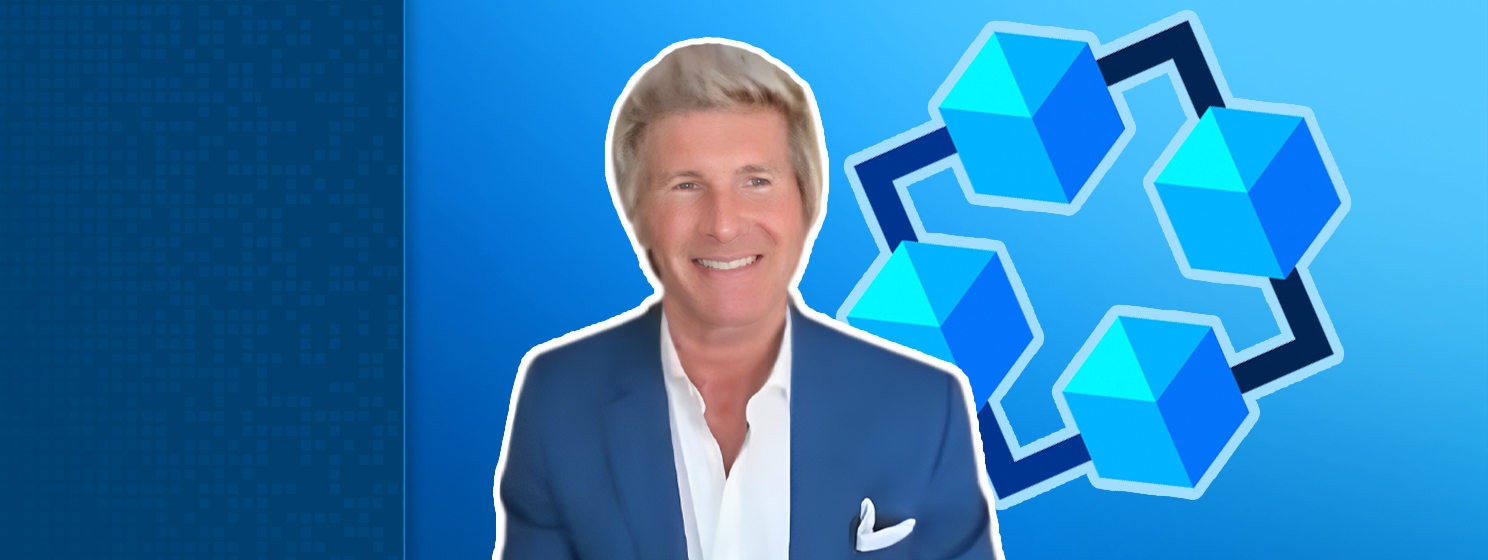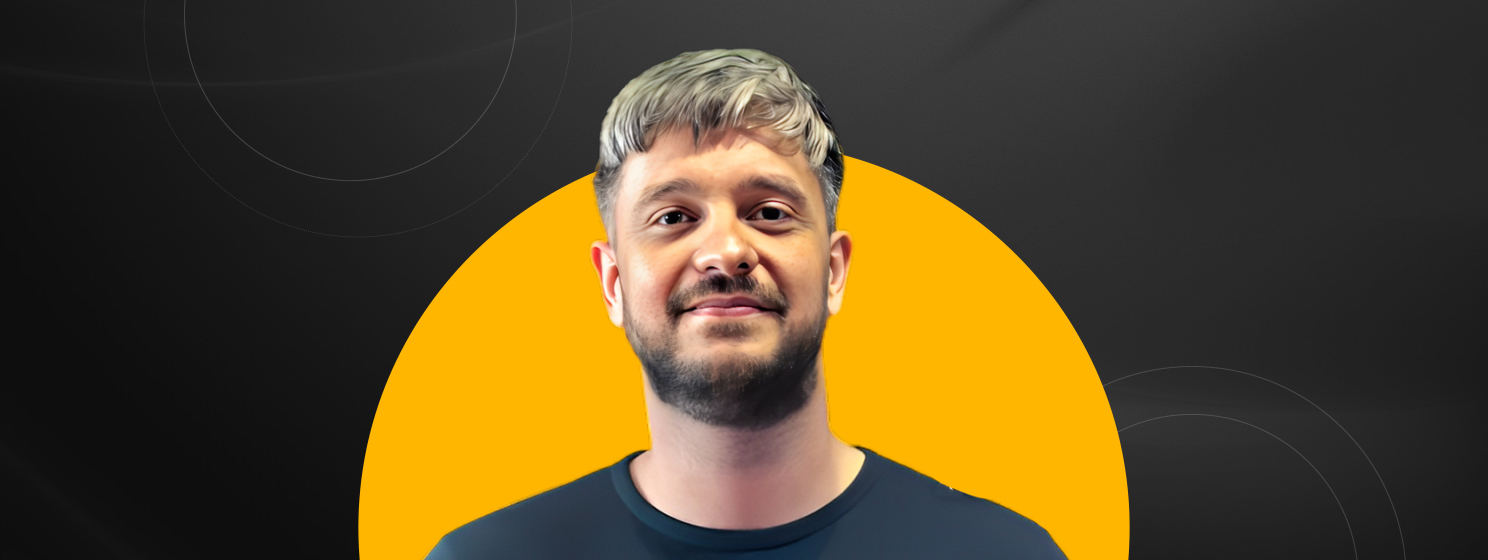
|
Getting your Trinity Audio player ready... |
The team at Asset Layer says its new 2.0 release will drive engagement and third-party development on gaming platforms. The updated version features integration with the vast gaming ecosystem Unity, as well as the new game “Rolltopia” and an AI chatbot assistant for game developers called Asset Layer GPT.
Unity is one of the world’s most popular game development platforms. It’s used for games of all genres but particularly for “casual gaming”—which generally means simpler games without a steep learning curve or ones that require years of practice to play well (known as “hardcore games,” just FYI). In its 2022 gaming report, Unity Technologies noted that the total number of all games it supports almost doubled since 2021, with live “casual” games published growing by 53% and lighter “hypercasual gaming” by 137%. Between them, there’s also the “midcore” category which includes card, sports, and racing games—Asset Layer’s video demonstration shows players using the platform to create and race unique cars.
A much bigger Asset Layer
Asset Layer 2.0 will allow third-party developers to create games, in-game storefronts and player-to-player marketplaces for game items, and interoperable cross-game currencies. Integration with Unity means users can upload items to Asset Layer directly from the Unity editor, and access items from Asset Layer’s own CDN directly into games. There are new opportunities for both large gaming studios and individual creators, using Asset Layer’s “no code tools” (plus its NPM JavaScript SDK and REST JSON-based API) as well as a SDK using C#, which Unity uses for scripting. Users can now create and login to Asset Layer using email-based accounts through Magic, rather than HandCash.
The most significant change for Asset Layer in its 2.0 release is a shift away from blockchain-based records for created assets. However, Asset Layer plans to keep the existing BSV blockchain-based system (which runs games like DuroDogs) as “Asset Layer OnChain.” The legacy platform, which connects with HandCash wallets, boasts millions of NFT-based assets and game items.
CEO and co-founder Jackson Laskey told CoinGeek the change wasn’t a Unity requirement, but was partly due to the way the current gaming world views blockchain—that, and Asset Layer preferred to focus on features over blockchain integration for the time being. (For more details about the changes and reasons for them, see, our Q&A below.)
‘Like a glue between Unity apps’
“Casual games are where the money is,” Unity added in its 2022 report. Revenues from in-app purchases in the hypercasual category grew by 162% and it claimed users were becoming more accepting of in-game advertising, which further increases opportunities for income. However, it also noted that casual games tended to have a cap on their popularity: audience growth dropped off around the million-player mark.
Laskey described Asset Layer as acting “like a glue between Unity apps.” Unity features games and applications that span 25 different platforms, including the two most popular operating systems for desktop and mobile devices. It has VR/AR support and can render high-quality 2D/3D graphics, taking its potential beyond just the gaming industry.
For the Unity integration, Asset Layer created its own new game in the “hypercasual” category called Rolltopia, which “combines the gameplay and feature set of several category defining games including Roblox, Neopets, Helix Jump, and more.” It’s promoting the game with a competition offering cash and other prizes for alpha testers.
If you’d like to get involved and have questions about how all this is done, the Asset Layer GPT feature is an interactive GPT trained on Asset Layer documentation. It can answer any question from “how do I get started?” to ones concerning more specific and technical issues.
Asset Layer’s Dave Mullen-Muhr wrote in October that his company’s experience with DuroDogs and its community proved what they’d previously assumed: that allowing users to create and trade both characters and assets that move between games increases engagement—and that in-game items also become more meaningful to those users on the whole.
Parent company Unbounded Enterprise initially launched Asset Layer as NFTYJigs in early 2021, before rebranding in October 2022. The company explored various ways to create and manage NFT-based gaming items on the scalable BSV blockchain network. While BSV is completely able to handle traffic the size of Unity’s user base, awareness and knowledge must still come before everything migrates to blockchain’s superior data-processing capabilities.
Q&A with Asset Layer CEO and co-founder, Jackson Laskey
Will Asset Layer capabilities be available to Unity’s free users, or just Unity Pro?
Jackson Laskey: The Asset Layer Unity SDK is available for free for all Unity and Asset Layer users. Of course, a successful game would ultimately incur fees from both platforms. At Asset Layer, we provide a robust free tier in order to developers to access Asset Layer for free while their games are in the development phase and in the early stages of adoption.
Asset Layer 2.0 is moving away from blockchain records for all assets. Why did you choose to do this? Was it because of the Unity integration?
Jackson Laskey: It was not the Unity integration that caused us to remove blockchain records for Asset Layer assets in 2.0. In fact, our early testing of the Unity integration used Asset Layer 1.0, so we minted a bunch of test assets onto the blockchain directly from the Unity editor.
The reason we are no longer putting the assets on chain has more to do with our evaluation of the right order of operations for Asset Layer as a business. We felt as though we could drive adoption of Asset Layer faster by focusing on feature development. Given the state of blockchain architecture including on BSV, it’s cheaper and faster to develop new features without a blockchain integration. Once we’ve established that we have product market fit, we will start looking for more opportunities to enhance Asset Layer with blockchain integrations. We still feel as though the best version of Asset Layer is on-chain, but we have to be strategic about how to get to that point.
One other quick thing: Even though assets aren’t on-chain, we still support BSV via HandCash in our marketplace, so you can still buy/sell/trade assets for BSV micropayments which is a huge value add for us.
Will the old Asset Layer OnChain (1.0) still get new features or is it static as of 2.0?
Jackson Laskey: The answer here is really all about market demand. We have existing Asset Layer OnChain customers who may require new features. If they do, then we will build them. Further, if someone is interested in accessing something like our Unity integration from Asset Layer OnChain, then we could certainly build that. The only limitations are commercial, not technological.
What would it take to re-integrate the two versions, as your blog post said you hope to do someday?
Jackson Laskey: Again, it comes down to commercial considerations. Right now, a lot of the gaming world doesn’t see the value in blockchain, or worse, they actively dislike it. This is understandable in a world where the most prominent blockchain game is still probably Axie Infinity. So, for now, it makes sense to offer blockchain as an optional feature. That being said, I could see us creating a blockchain record of all asset-related activity on Asset Layer sooner than later, more as a security benefit to us as a platform rather than as a feature we market to customers.
In order for artificial intelligence (AI) to work right within the law and thrive in the face of growing challenges, it needs to integrate an enterprise blockchain system that ensures data input quality and ownership—allowing it to keep data safe while also guaranteeing the immutability of data. Check out CoinGeek’s coverage on this emerging tech to learn more why Enterprise blockchain will be the backbone of AI.
Watch: NFTs and micropayments will transform gaming

 11-22-2024
11-22-2024


